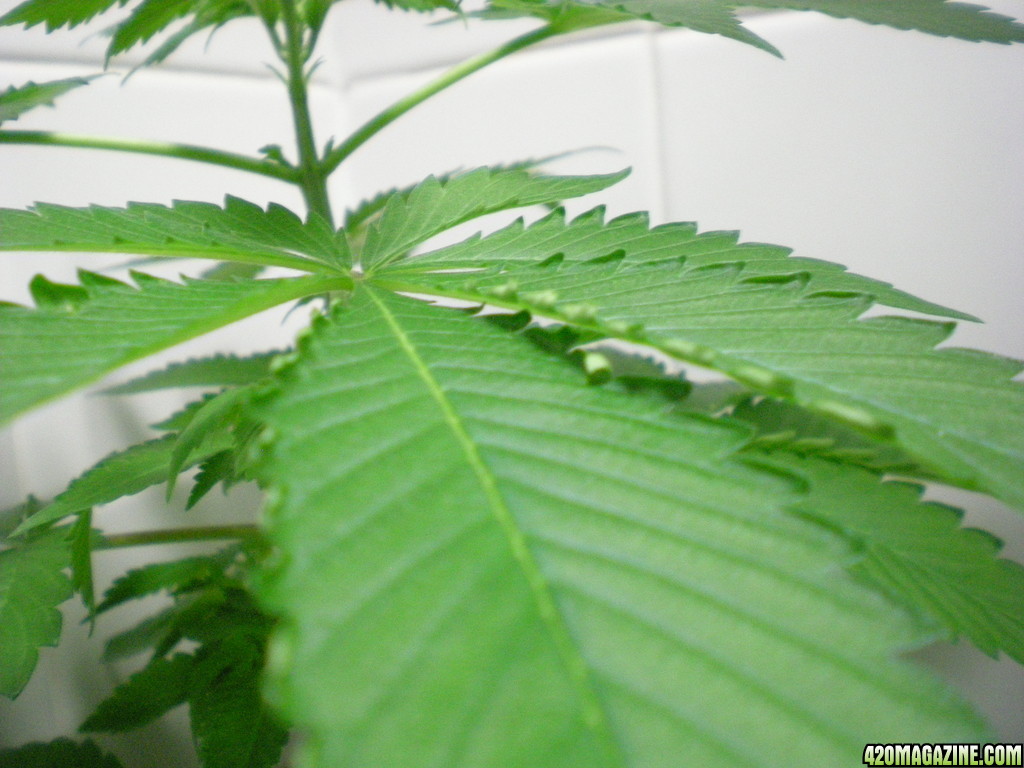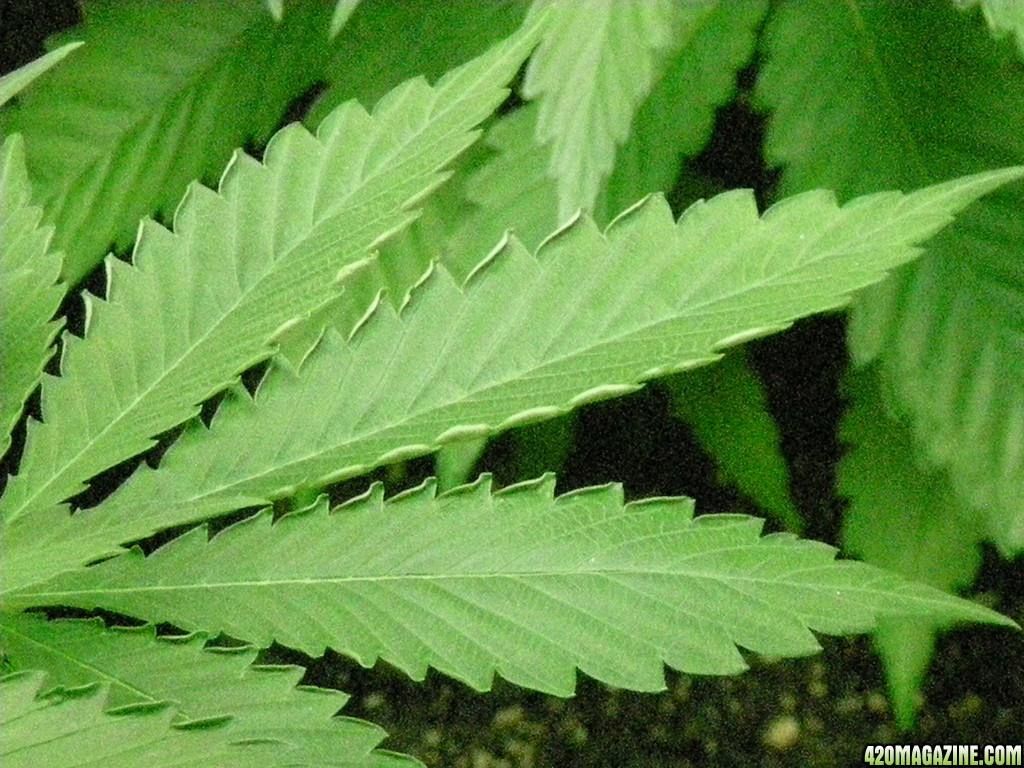Serrated leaf edges curling up is a phenomenon that many plant enthusiasts encounter, often leading to concerns about the health of their greenery. Understanding the various causes and implications of this curling can aid in diagnosing and remedying potential issues. In this comprehensive guide, we will explore the reasons behind serrated leaf edges curling up, offering insights into both environmental factors and plant care techniques. Let’s dive deep into this botanical mystery!
What Are Serrated Leaf Edges?
Serrated leaf edges refer to the jagged or saw-like edges on a leaf’s perimeter. These edges often add visual interest to a plant and can be found in numerous species, such as oak, birch, and many ornamental plants. However, when these serrated edges begin to curl up, it can be a sign of underlying problems that may require your attention.
Common Causes of Curling Leaf Edges
1. Environmental Stress
One of the leading causes of serrated leaf edges curling up is environmental stress. This can include fluctuations in temperature, humidity, and light exposure. For instance, high temperatures combined with low humidity can lead to dehydration, causing the leaf edges to curl as the plant tries to conserve moisture.
2. Pest Infestation
Pests such as aphids, spider mites, and whiteflies can wreak havoc on plants. These insects feed on the sap, leading to nutrient deficiencies and subsequently causing leaf curling. Regularly inspecting your plants can help identify these pests early on.
3. Nutrient Deficiencies
Nutrient imbalances or deficiencies can result in leaf curling. Essential nutrients like nitrogen, potassium, and magnesium play crucial roles in plant health. A lack of these nutrients can impede a plant’s growth and lead to symptoms like curling leaves. Here’s a quick overview of some important nutrients and their effects:
| Nutrient | Role in Plant Health | Deficiency Symptoms |
|---|---|---|
| Nitrogen | Promotes growth and chlorophyll production | Yellowing leaves, stunted growth |
| Potassium | Enhances disease resistance and water regulation | Curling edges, brown spots |
| Magnesium | Aids in chlorophyll synthesis and enzyme function | Interveinal chlorosis, leaf curling |
4. Watering Issues
Both overwatering and underwatering can lead to curling leaf edges. Overwatering can suffocate roots, leading to root rot, while underwatering causes dehydration. Monitoring your watering schedule and ensuring proper drainage is vital for maintaining healthy foliage.
5. Diseases
Fungal and bacterial infections can also cause leaf curling. Diseases such as powdery mildew or bacterial leaf spot often present with curled leaves among other symptoms. It’s crucial to act quickly if you notice any signs of disease to prevent further damage to your plant.
How to Diagnose Curling Leaf Edges: Serrated Leaf Edges Curling Up
Observation is Key
The first step in diagnosing the issue is thorough observation. Look for the following signs:
- Presence of pests or webs
- Yellowing or browning of leaves
- Changes in growth patterns
- Check the soil moisture
Soil Testing
Conducting a soil test can provide insights into nutrient deficiencies. These tests often reveal pH levels, nutrient content, and other essential metrics that can guide your plant care routine.
Remember! Healthy soil is the foundation of healthy plants. Regular testing and amending soil as necessary can prevent many issues.
Solutions for Curling Leaf Edges
Adjust Environmental Conditions
If environmental stress is the culprit, adjust the conditions accordingly. Ensure your plants are receiving adequate light without being scorched, maintain humidity levels, and protect them from temperature extremes.
Pest Control

For pest infestations, consider using organic pest control methods. Neem oil, insecticidal soap, and introducing beneficial insects like ladybugs can help manage pest populations. Regularly inspecting your plants can prevent infestations before they escalate.
Nutrient Management
To address nutrient deficiencies, use a balanced fertilizer formulated for your specific plant type. Pay attention to feeding schedules, especially during the growing season when plants require more nutrients.
Watering Techniques
Implement proper watering techniques by ensuring consistent moisture levels. It’s often better to water deeply and less frequently than to give small, frequent amounts. Also, ensure your pots have adequate drainage to prevent waterlogging.
Treating Diseases
For plants suffering from diseases, removing affected leaves and applying appropriate fungicides or bactericides can help manage the situation. Ensure to follow the application instructions carefully for the best results.
Preventing Curling Leaf Edges in the Future

Regular Maintenance, Serrated Leaf Edges Curling Up
Routine maintenance is crucial in preventing future issues. This includes regular pruning, inspecting for pests, and ensuring your plants are adequately fed and watered.
Choosing the Right Plants
When selecting plants for your space, consider their adaptability to the local environment. Choosing species that thrive in your specific climate can greatly reduce the likelihood of stress-related issues.
Educating Yourself
Knowledge is power! Stay informed about plant care techniques and changes in your plants’ needs throughout the seasons. Joining a gardening group or forum can be helpful for sharing experiences and learning from others.
When to Seek Professional Help
If you’ve tried various solutions without success, it might be time to seek professional advice. Consulting with a local horticulturist or a gardening expert can provide specialized knowledge tailored to your specific situation.
Seeking expert advice can save you time and resources, and lead to healthier plants in the long run!
Conclusion
Understanding the reasons behind serrated leaf edges curling up is essential for maintaining healthy plants. By recognizing environmental factors, pest problems, nutrient deficiencies, and diseases, you can take the necessary steps to remedy these issues and prevent them in the future. Remember that regular maintenance and education play key roles in successful plant care. With the right attention and care, your plants can thrive beautifully!
